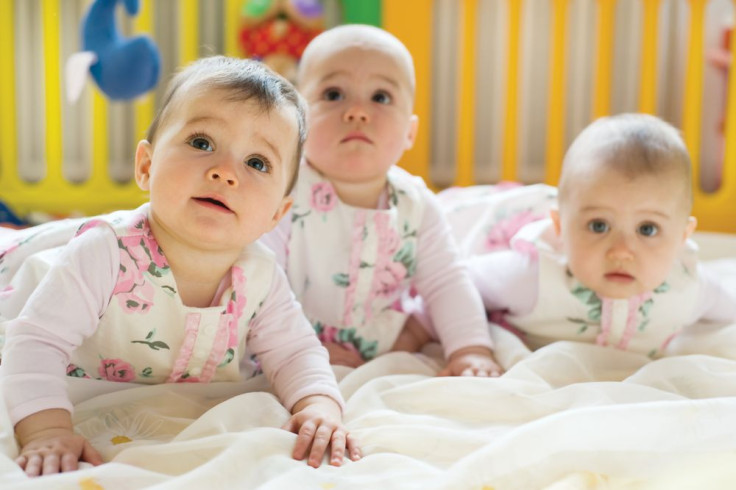Autism Doubled In Artificial Reproductive Technology Births: Could Surge In Twins Be To Blame?

The incidence of autism is twice as high for children conceived via assisted reproductive technology (ART) than it is for children conceived naturally. A recent study from Columbia University points not to the technology itself but its tendency to cause multiple births as the cause for the surge. Now researchers suggest that reducing the number of multiple births may also reduce autism rates.
Autism spectrum disorders include a range of complex neurodevelopmental disorders. Individuals with autism are categorized with social impairments and behavioral patterns, according to The National Institutes of Health. Over the years, autism rates have risen and are expected to continue rising, while researchers incessantly search for the cause.
The Columbia University study may have shed some light on one of the causes. The study, based on nearly six million births in California from 1997 to 2007, found a higher number of autism cases in children born from women who underwent ART as opposed to women who did not. However, this increase was only in cases of multiple births. Also, the risk only seemed apparent in women between the ages of 20 and 34.
"These results indicate that the higher autism risk may be due mainly to the large numbers of multiple births and complications of pregnancy and delivery among children conceived with ART," said Christine Fountain, assistant professor of sociology at Fordham University and affiliated researcher at Columbia University, in a press release.
The study is the largest to date to investigate the relationship between ART and autism, and involved 5,926,251 live births, including 48,865 infants conceived via ART and 32,922 cases of autism diagnosed by the Department of Developmental Services.
Although the researchers found an association between autism and ART, it may be reversed by making changes to current ART practices.
"The results indicate that reducing multiple births during ART may be beneficial for decreasing the risk of autism," said Dmitry Kissin, health scientist in CDC's Division of Reproductive Health, in the press release.
According to the Society for Assisted Reproductive Technology, the twin birth rate has increased by over 75 percent since 1980. Triplet, quadruplet, and higher-number births have increased at even higher rates. The reason for this is partly due to the popularity of ART. In an artificial insemination treatment, multiple fertilized eggs are transplanted back into the mother with the hopes that at least one will lead to a pregnancy. In many cases more than one of these eggs successfully implants to the uterine wall and leads to a full-term pregnancy. The Columbia team suggested that restricting ART procedures to single-embryo transfers may result in fewer incidences of autism.
Although the research did link autism to multiple births caused by ART, the researchers emphasized that, at the moment, this conclusion is still speculative.
"While the risk of ART with respect to autism appears to be largely modifiable by restricting the procedure to single-embryo transfer, more research is needed to understand the precise mechanisms by which ART and autism are linked," concluded Peter Bearman, Cole Professor of the Social Sciences and the lead investigator at Columbia University.
Source: Fountain C, Zhang Y, Kissin DM, et al. Association Between Assisted Reproductive Technology Conception and Autism in California, 1997–2007. American Journal of Public Health. 2015.



























